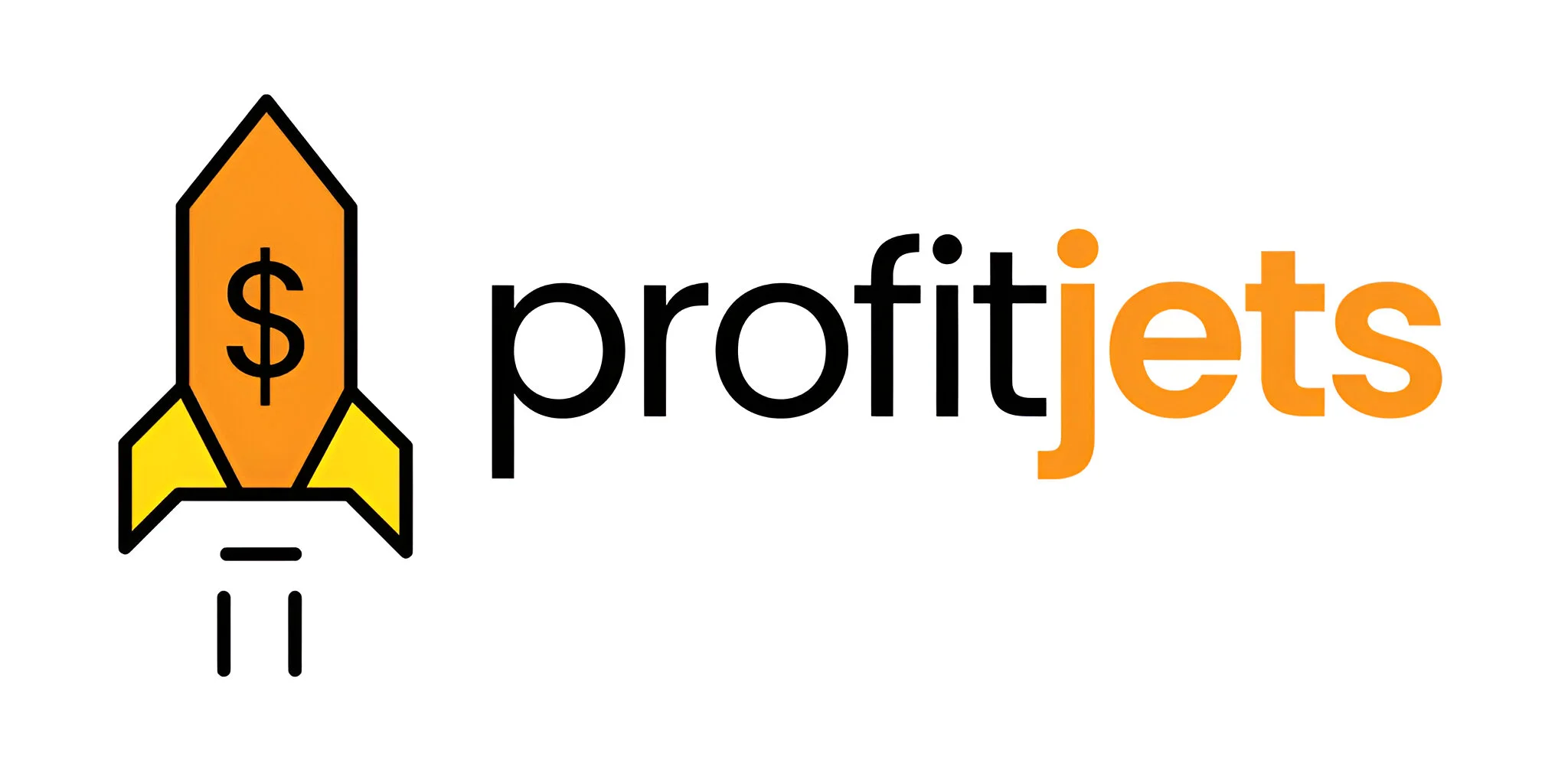Understanding owner’s equity is crucial for business owners, investors, and anyone involved in managing a company’s finances. But what exactly does it mean, and why is it important? In this guide, we’ll explore the meaning of owner equity, its components, and how to calculate it. We’ll also look at practical examples and explain how services like bookkeeping, CFO services, and tax services can help you manage them effectively.
Table of Contents
Owner’s Equity: What It Means
So, what is owner’s equity?
Owner’s equity represents the owner’s financial stake in a business. It’s essentially the value left over after subtracting all liabilities from the company’s total assets. This figure shows what the owner would receive if the business sold all its assets and paid off its debts.
For small businesses and sole proprietorships, owner’s equity is often called “net worth” or “net assets.” For corporations, it’s referred to as “shareholders’’ equity.”
Components of Owner’s Equity
Several factors contribute to owner’s equity, and understanding these can help you manage and grow your business. The key components include:
Capital Contributions
When owners invest money or assets into their business, this increases equity. For instance, a cash deposit or property contributed to the business is recorded under owner’s equity.
Retained Earnings
Profits that the business retains and reinvests rather than distributing to owners or shareholders add to equity. Over time, this accumulated profit boosts the owner’s financial stake.
Draws or Distributions
When owners withdraw funds or assets from the business, it reduces equity. These withdrawals, also called “owner’s draws,” are not the same as expenses, as they benefit the owner rather than the business.
Losses
Any losses incurred by the business decrease the owner’s equity, as they directly reduce retained earnings or total net assets.
Revaluation Surplus
Occasionally, changes in asset values, such as real estate appreciation, affect equity. These revaluations are reflected on the balance sheet and influence the owner’s share.
How to Calculate Owner’s Equity
If you’re wondering how to calculate owner’s equity, the formula is straightforward:
Owner’s Equity Formula:
Owner’s Equity = Total Assets − Total Liabilities
Step-by-Step Calculation
- Determine Total Assets: Add up all your business’s resources, such as cash, inventory, property, and equipment.
- Add Up Liabilities: List all debts and obligations, including loans, accounts payable, and accrued expenses.
- Apply the Formula: Subtract the total liabilities from the total assets to arrive at the owner’s equity.
Example of Owner’s Equity Calculation
Suppose your business has the following:
- Total assets: $500,000
- Total liabilities: $200,000
Using the formula:
Owner’s Equity = 500,000 − 200,000
Owner’s Equity = $300,000
This means the owner has $300,000 worth of stake in the business.
The Role of Owner’s Equity in Financial Statements
Owner’s equity plays a critical role in your financial statements, particularly the balance sheet. It provides a synopsis of the organization’s financial position by demonstrating the relationship among assets, liabilities, and equity.

How It Appears on the Balance Sheet
The balance sheet formula is:
Assets = Liabilities + Equity
Here, owner’s equity includes items such as:
- Initial capital contributions
- Retained earnings
- Withdrawals by the owner
Why Owner’s Equity Matters for Your Business
Tracking owner’s equity isn’t just an accounting exercise—it has practical implications for your business:
- Assess Financial Health: Positive equity indicates your business has more assets than liabilities, which is a sign of financial stability.
- Make Informed Decisions: Knowing your equity helps you decide how much you can reinvest or withdraw without jeopardizing the business.
- Attract Investors: A healthy equity figure can make your business more appealing to potential investors or lenders.
Utilizing CFO or bookkeeping services can help you gain a better understanding of your business’s equity and overall financial situation.
Tips for Managing Owner’s Equity
Effectively managing owner’s equity ensures the financial longevity of your business. Here are some actionable tips:
Reinvest Profits
Instead of withdrawing all profits, reinvest a portion back into the business to increase retained earnings and equity.
Limit Draws
Avoid excessive withdrawals that could reduce equity and jeopardize the company’s financial health.
Maintain Accurate Records
Use professional bookkeeping services to track all capital contributions, draws, and retained earnings.
Monitor Financial Statements
Regularly review your balance sheet to track changes in owner’s equity and address any issues early.
Consult Professionals
Utilize tax services and CFO services to guarantee adherence to regulations and facilitate well-informed financial choices.
Common Mistakes to Avoid
When managing owner’s equity, it’s essential to avoid these pitfalls:
- Mixing Personal and Business Finances: This can make equity calculations more complex and lead to legal complications. It’s important to distinguish between personal and business transactions.
- Neglecting Record-Keeping: Failing to document contributions and withdrawals accurately can lead to errors in financial statements.
- Ignoring Losses: Not accounting for losses can give a false picture of your equity and financial health.
Avoiding these mistakes ensures a clearer understanding of your financial position and helps you make smarter decisions.
The Role of Financial Services in Managing Equity
Professional services can simplify the process of managing owner’s equity:
- Bookkeeping Services: Track and document all financial transactions, ensuring accurate calculations of equity.
- Tax Services: Help with tax compliance, ensuring that capital contributions and withdrawals are reported correctly.
- CFO Services: Provide strategic financial advice to optimize equity and overall business performance.
Investing in these services not only saves time but also minimizes errors and enhances financial clarity.

Conclusion
Understanding and managing owner’s equity is vital for any business owner. Whether you’re calculating equity, analyzing financial statements, or planning future investments, having a clear grasp of your equity position is essential.
Utilizing expert bookkeeping, tax, and CFO services, you can streamline your financial management and allow you to focus on expanding your business.






